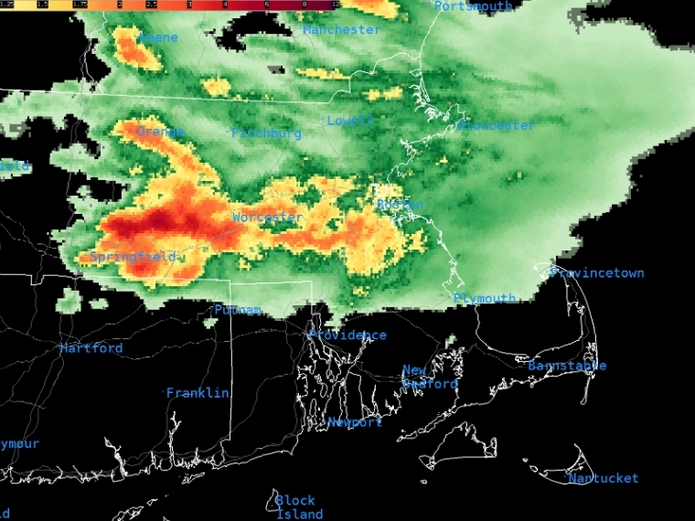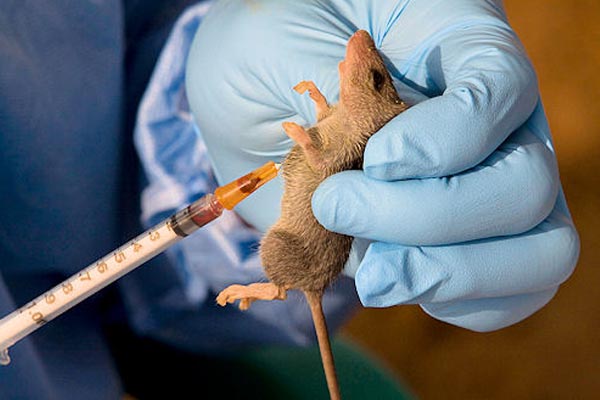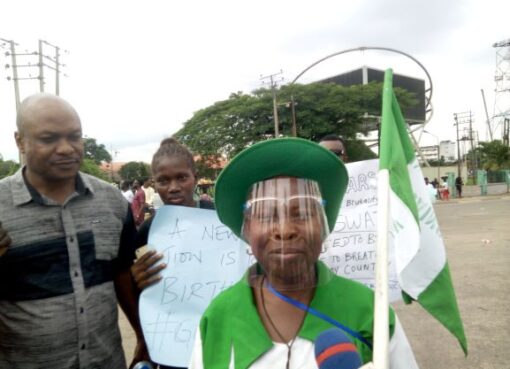Boston and Springfield are two of 11 more communities deemed high-risk by the state, meaning there are now 23 cities and towns at the highest risk level for COVID-19 spread in Massachusetts.
The additional “red” communities in the state’s weekly color-coded coronavirus map means there are 29 that will not be able to push ahead with the next part of reopening.
Wednesday’s map assigned new high-risk status to Attleboro, Avon, Boston, Dracut, Haverhill, Lowell, Lynnfield, Methuen, Middleton, North Andover and Springfield.
The communities that remained red are Chelsea, Everett, Framingham, Haverhill, Holliston, Lawrence, Lynn, Marlboro, Nantucket, New Bedford, Revere, Winthrop and Worcester.
The four biggest cities in Massachusetts — Boston, Springfield, Worcester and Lowell — are now all in the red.
Saugus, Tyngsboro and Wrentham improved enough to drop high-risk status.
All in all, the following 29 communities will not be permitted to move to Part 2 of Phase 3 of the state’s reopening plan for at least another week: Attleboro, Avon, Boston, Chelsea, Dedham, Everett, Dracut, Framingham, Haverhill, Holliston, Lowell, Lawrence, Lynn, Lynnfield, Marlborough, Methuen, Middleton, Monson, Nantucket, New Bedford, North Andover, Plainville, Revere, Saugus, Springfield, Tynsborough, Winthrop, Worcester and Wrentham.
Gov. Charlie Baker said earlier this week all other communities may move ahead with reopening, which includes bringing back indoor performance venues; expanding capacity at outdoor performance venues, gyms, museums, driving and flight schools; reopening more indoor activities; and permitting fitting rooms to open in all retail stores. It also allows for increased outdoor gatherings at events and in public settings.
PEABODY, PATCH






